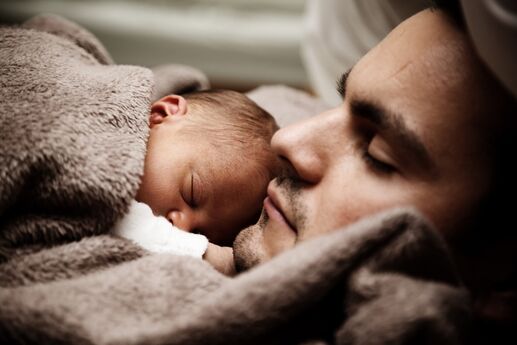New Mom’s Guide to a Speciality Pregnancy Diet
Pregnancy is a beautiful, fun, but sometimes confusing, time, especially when it comes to what to eat. And for moms on a specialty diet, figuring out a healthy eating plan can be even more baffling. But whether you’re vegetarian, vegan, or used to gluten-free foods, know that it’s usually fine to continue your diet through pregnancy. However, be sure to mention your dietary restrictions to your doctor, as she will want to pay close attention to your food intake to ensure you’re getting the nutrients your new baby requires.
Of course, there are some nutrients and vitamins that all pregnant women need, regardless of what diet they follow. Read on for the foods you shouldn’t miss out on.
Protein: A healthy pregnancy diet should be chock-full of protein, which will provide you with much-needed energy and is necessary for your baby’s development. Luckily protein is found in a myriad of foods including meat, poultry, eggs, dairy products, beans, tofu, legumes, and nuts. Aim for three servings a day.
Calcium: A diet rich in calcium is important for your baby’s development, so aim to up your calcium intake while pregnant. Yogurt, low-fat milk, cheese, fortified cereals, and dark green, leafy vegetables are all great sources of calcium.
Iron: This important nutrient helps boost your baby’s development by fighting the chance of anemia, low birth weight, and premature delivery. A diet that includes beef, pork, dried beans, spinach, and oatmeal should give you the iron you need.
Folic Acid/Folate: A seriously important nutrient for moms-to-be, folic acid supports the placenta and helps prevent spina bifida development, as well as other neural tube defects. You’ll find it in oranges and orange juice, strawberries, leafy vegetables, beets, cauliflower, peas, pasta, beans, and nuts.
Vitamins: Ensuring that you get a full array of other vitamins, including A, C, D, E, riboflavin (or B2), and zinc is a must. The easiest way to fit all of these vitamins into your diet is to fill your plate with veggies, fruits, and whole grains.
When you’re having a baby, it’s important to follow your doctor’s healthy eating guidelines, especially if you follow a specialty diet. If you’re not getting enough nutrients, a supplement may help, but be sure to talk to your doctor before adding these to your daily routine. Remember: The healthier you eat, the better it is for your new baby!







